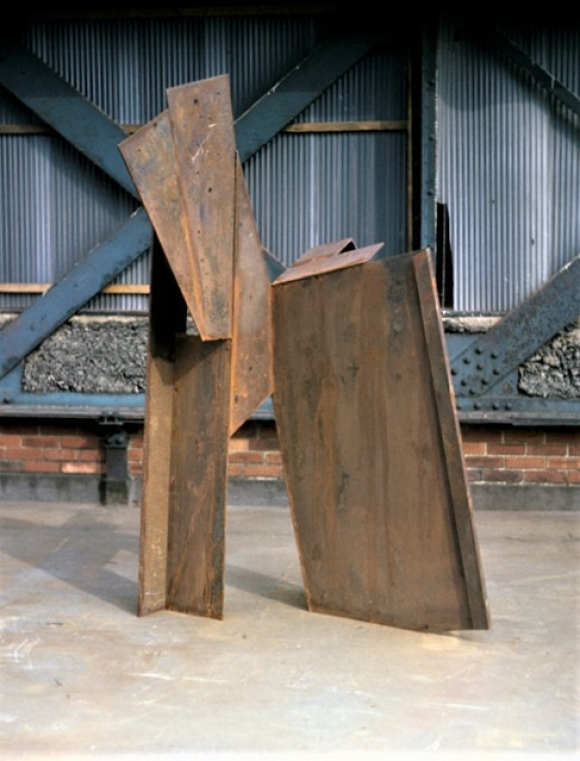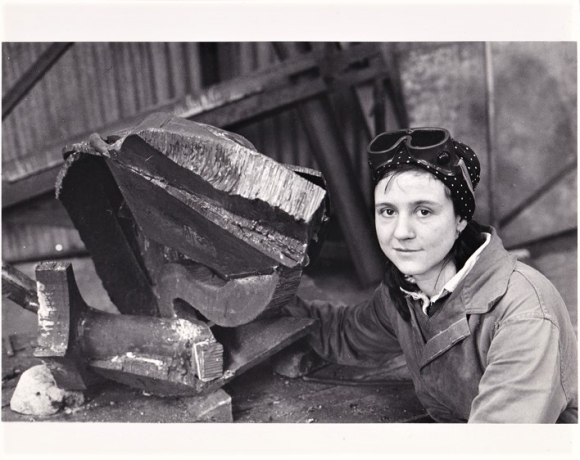3. Pistil seems to occupy a place between abstraction and figuration, and there is a strong sense of movement and of gesture. Can you reflect on your interest on this inbetween the space?
I have often felt that applying labels such as abstraction and figuration are somewhat artificial and can get in the way of experiencing the sculpture. We can generate words very easily but our eyes are wonderful things which I feel we do not use as much as we should. Maybe my work does sit in the in-between space but I do not want it to be diagrammatic, I want it to have a life of its own. In Pistil and other sculptures around that time I was trying to make parts that would feel that they were bearing down upon; or increasing tensions with; and precipitating reactions with other parts to energise the form of the whole. This was a result of my search for an understanding of what physicality in sculpture might mean. When looking at the sculpture I hope the viewer can feel and relate to the experience not just intellectually but viscerally as one does with music.
4. Can you describe your studio practice: do you work alone, as part of a team? Do you work with fabricators or is it important to you that the work is made by you?
I work alone, making sculpture is an emotional and intimate experience, it is important to me not to have any distractions. It is difficult to hand the work to an assistant because I need to get to know everything about the work until it is finished. I do sometimes use an industrial process, such as anti-corrosion treatment which must be done by professionals away from the studio. But even there I have to find someone who is sympathetic to what I am doing. I have worked with other sculptors outside the studio in a group context, to discuss and share ideas and to conduct some experimental work in the past and found it fruitful at times, but I always go back to the studio to consolidate on my own.
5. Can you comment on the wider artistic influences of your work, past and present? Have any particular female role models, historic or contemporary, been important to you?
The painter Jean Spencer, who was part of the Systems Movement, was my art teacher at school. To her, art was not just a pastime but an enquiry to be taken seriously. Her expansive approach resonated with me and sparked my interest in art. She encouraged me to apply to Bath Academy of Art where I discovered my feeling for sculpture. She was the most significant female influence.
6. What are your perceptions of discrimination within the art world today. Many gains have been made and there are many exhibitions by women and artists from diverse cultural backgrounds. Is the battle finally won?
I think the artificial barriers have gone.
7. Your work was acquired by the Arts Council Collection on two occasions. How important were these acquisitions to you at the time and since?
When my work was first acquired by the Arts Council Collection it was a great confidence booster, recognition does matter. I was very pleased to sell a second sculpture because it showed that the Arts Council were interested in my direction.
Since then, my two sculptures have been shown by the Arts Council Collection many times.


